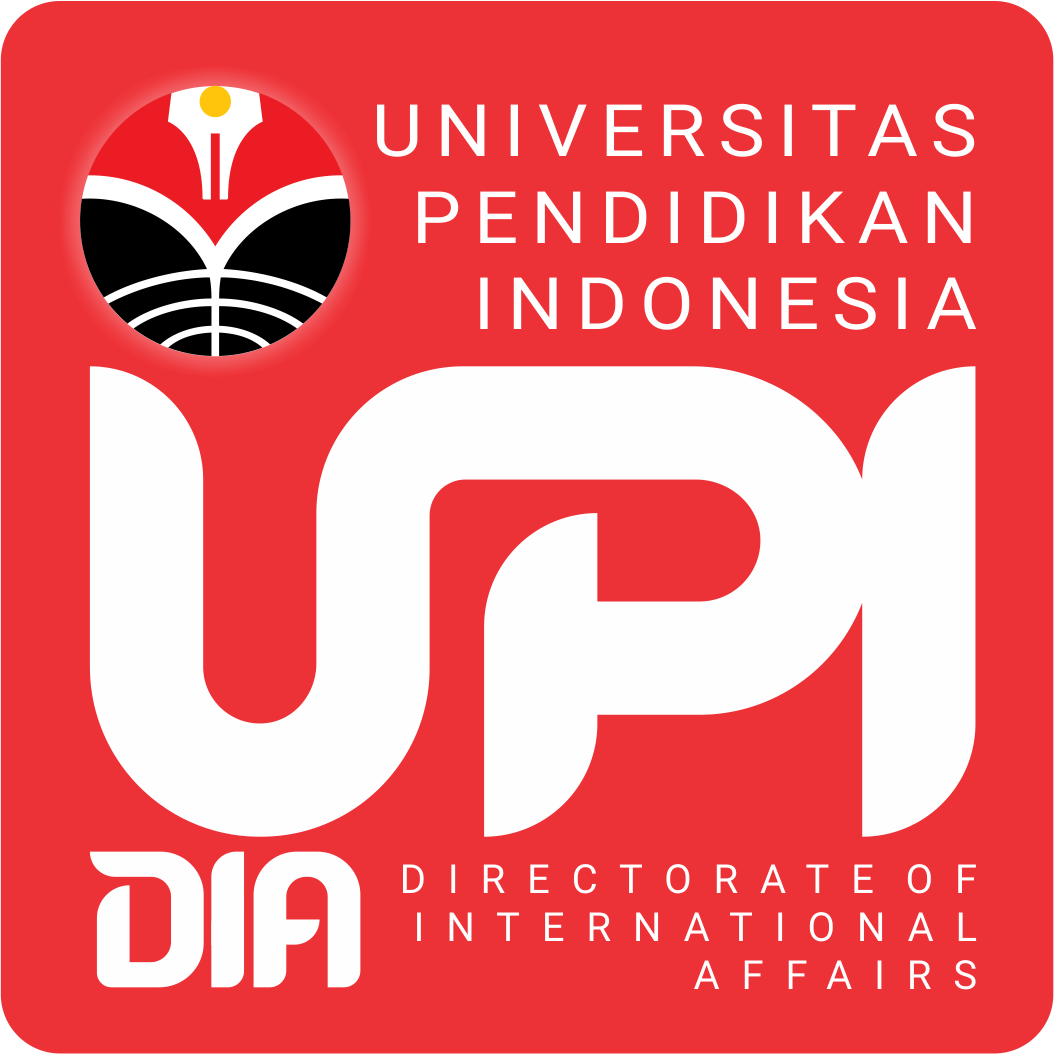
Has a high fence and looks closed. The appearance of the Immigration Detention Center (Rudenim) often raises the perception in the eyes of ordinary people that the Rudenim is a “prison” or correctional institution (LAPAS) specifically for foreigners. The role and position of the Rudenim, which are not in direct contact with the community, often causes them to be misunderstood. In fact, the Rudenim does not function like a prison. So, what exactly is the function of rudenim and why do foreigners stay there for years?
As a Technical Implementing Unit (UPT), the duties and functions of the Rudenim and prisons are regulated by law. The legal basis for the Immigration Detention Center is Law Number 6 of 2011 concerning Immigration. Meanwhile, the duties and functions of prisons are regulated in Law Number 12 of 1995 concerning Corrections. The Immigration Detention Center is the UPT of the Directorate General of Immigration, while the prison is the UPT of the Directorate General of Corrections. These two agencies are under the auspices of the Indonesian Ministry of Law and Human Rights.
“In Article 1 Number 33 of Law 6/2011 it is stated that the Immigration Detention Center is a technical implementing unit that carries out the immigration function as a temporary shelter for Foreigners who are subject to Immigration Administrative Actions. The Immigration Administrative Action (TAK) is an administrative sanction set by the Immigration Officer against Foreigners outside the judicial process. So it can be concluded that TAK is not a crime,” said Sub-Coordinator of Public Relations of the Directorate General of Immigration, Achmad Nur Saleh.
On the other hand, the Correctional Institution (LAPAS) according to Article 1 Point 3 of Law Number 12 of 1995 concerning Corrections is a place to carry out guidance for Prisoners and Correctional Students. A convict is defined as a person who has been convicted based on a court decision that has obtained permanent legal force. Correctional students are children under the age of 18 who are subject to criminal penalties based on court decisions.
“Foreigners who are temporarily accommodated in the detention center are called detainees. They were placed in the Rudenim after receiving a detention decision from the Immigration Officer to await the deportation process,” continued Achmad.
Regarding the detention period, Article 85 of Law 6/2011 explains that the detention of foreigners is carried out until the detainee is deported. However, if deportation or repatriation cannot be carried out, detention can be carried out for a maximum period of 10 (ten) years. The Minister or the appointed Immigration Officer may remove the Detainee from the Immigration Detention Center if the time period has elapsed and grant permission for the Detainee to be outside the Rudenim by stipulating the obligation to report periodically.
“However, the Minister or the relevant Immigration Officer will supervise and make every effort to have the detainees deported/returned to their countries of origin,” he added.
(This article is adapted from a Kompasiana article by Yudha Adhitya, First Expert Immigration Analyst at the Pontianak Rudenim)
